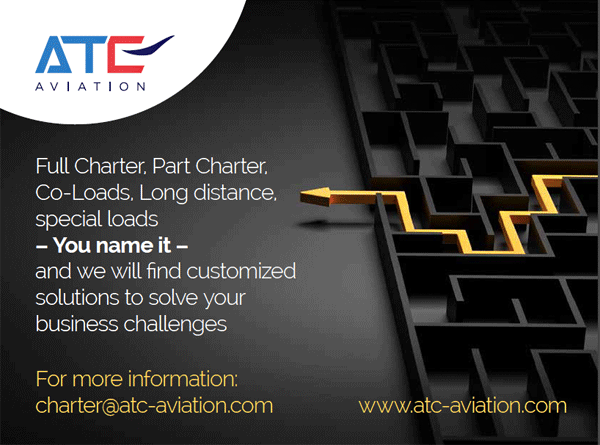
 |
 |
 #INTHEAIREVERYWHERE |
| Vol. 22 No. 35 | Saturday
September 30,
2023 |
| |
 |
September ends on Saturday this year. I am on
a plane to Brussels, one of my favourite destinations. Many reasons to
rejoice: I lived there quite happily for nearly 10 years when I worked
in CLECAT and I am revisiting now to participate in the much awaited FIATA
World Congress 2023, which will be held in the spectacular Square
Brussels Convention Centre. A shot from one of the largest ports in the
world (Antwerp), Brussels is the place where you find all EU institutions
abuzz, and this makes it a special place in itself. Some have been wondering
why Brussels was chosen as “EU capital”, if the EU capital
actually existed . . .
|
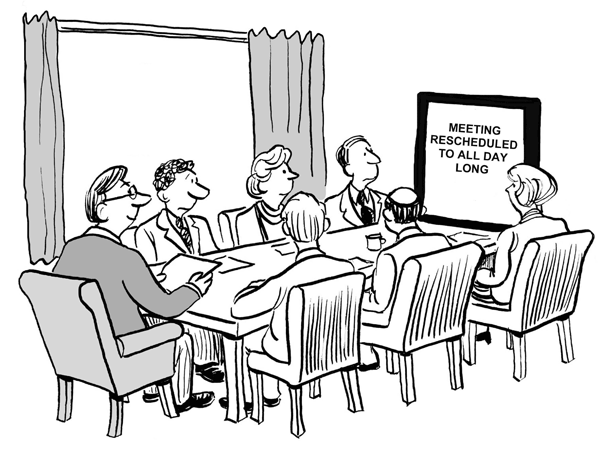 |
India could be the third largest economy in the world. That is what a report by SBI Ecowrap (the Ecowrap is India’s biggest bank, The State Bank of India’s publication and the opinion expressed is of the Research Team and not necessarily reflect those of the Bank or its subsidiaries) pointed out. It said that India was likely to get the tag of the third largest economy in 2027 (or FY28) based on actual GDP data as of March 2023, surpassing the economies of both Germany and Japan. “Behind this surge, India needs to grow by CAGR of 8.4% till 2027 (in dollar terms). This translates into 11 -11.5% nominal GDP growth per annum (in Rs terms), which is eminently achievable with a 6.5-7% growth rate,” the report said.  A
little more than a year ago, FT had reported Indian Minister of
Civil Aviation, Jyotiraditya Scindia’s power-packed speech,
“The road to 10 million MT”. Underlining the limitless potential
of India's air cargo sector, Scindia had said: “To achieve the target
of 10 million metric ton in cargo, the industry players need to focus on
transportation of smaller cargo loads from Tier II and III cities to metros
which can be achieved by acquisition of smaller size aircrafts. To facilitate
this, we are also establishing 33 new domestic cargo terminals by 2024-2025
which will allow our cargo sector to flourish and grow. We need to work
on ease of doing business in cargo sector by making processes paperless,
adapting automation, digitalization which can make cargo processing swift.” A
little more than a year ago, FT had reported Indian Minister of
Civil Aviation, Jyotiraditya Scindia’s power-packed speech,
“The road to 10 million MT”. Underlining the limitless potential
of India's air cargo sector, Scindia had said: “To achieve the target
of 10 million metric ton in cargo, the industry players need to focus on
transportation of smaller cargo loads from Tier II and III cities to metros
which can be achieved by acquisition of smaller size aircrafts. To facilitate
this, we are also establishing 33 new domestic cargo terminals by 2024-2025
which will allow our cargo sector to flourish and grow. We need to work
on ease of doing business in cargo sector by making processes paperless,
adapting automation, digitalization which can make cargo processing swift.”India then needs to up its game on the cargo front. The country, according to the government’s ministry of Commerce and Industry, has the capability to become a global cargo hub. Piyush Srivastava, Senior Economic Advisor with the Ministry of Commerce and Industry, not too long ago had pointed out: “I feel (that a) country of our size, dimension should have transshipment hubs. For creating a hub, (the) government can only provide a facilitating environment but the hub will be created on global economic scenario and how the industry sees the growth . . . Air India placed huge order of widebody aircraft, which will boost the creation of aviation hubs in the country. We are poised to achieve this target in the coming years,” he had said. It may be pointed out that with the Delhi Airport’s dedicated transshipment excellence centre, the country is already on its way towards becoming a desired transshipment hub for global trade. FT readers might remember the story on how readymade garments manufactured in Bangladesh have been using the Delhi Airport to reach out to destinations in Europe and the US.  It is not only in Delhi that transshipment
is taking place. At Bangalore International Airport Ltd (BIAL), about one
per cent of the total cargo volume is airside transshipment, including domestic-domestic
(D-D), international-domestic (I-D), and domestic-international (D-I); (I-I
is nil). “On the landside, transshipment through bonded trucking accounts
for five per cent of BIAL’s international cargo volumes,” according
to Satyaki Raghunath, (left) Chief Strategy & Development Officer,
BIAL.
It is not only in Delhi that transshipment
is taking place. At Bangalore International Airport Ltd (BIAL), about one
per cent of the total cargo volume is airside transshipment, including domestic-domestic
(D-D), international-domestic (I-D), and domestic-international (D-I); (I-I
is nil). “On the landside, transshipment through bonded trucking accounts
for five per cent of BIAL’s international cargo volumes,” according
to Satyaki Raghunath, (left) Chief Strategy & Development Officer,
BIAL. In the long-term, Raghunath said, the aim was to have transshipment comprising between 15-18 per cent of our total cargo volumes. However, industry stalwarts believe that while the first steps have been taken to establish India as a global air transshipment hub, it is still a work in progress. The country is yet to set up ‘free zones’ near international airports on the lines of the Dubai Airport Free Zone at Dubai and similar zones in Hong Kong that will make transshipment easier. Air cargo stakeholders believe that the government should come up with policies like tax exemptions, bring in connectivity with ports for sea shipments and lastly enhance infrastructure and improve throughput, to enable the country’s major airports become global hubs if the goal of handling 10 mn tonnes of air cargo a year has to be achieved by 2027. Transshipment cargo hubs are needed not merely due to the fact that India continues to move up among the world economies but also because of its important role among Asia-Pacific’s major economic growth engines. Though air cargo in India has been going through a downturn – largely due to exports and imports coming down over the last few months, the environment seems to be just right for the blossoming of air cargo. In the last one year, for example, the country has seen the emergence of new dedicated air cargo players: there are five dedicated freighter operators in the country, according to the  Indian
Directorate General of Civil Aviation. The resurrection of the Bengaluru-based
Quikjet (it had started operations in 2007, stopped in 2012 and began again
in January 2023) in fact, speaks highly of the right atmosphere. Operators
like FedEx have been witnessing more intra-regional trade -- intra-Asian
exports account for 60% of regional exports, trailing only intra-EU exports
(68%), as regional blocs go -- according to Suvendu Choudhury, (right)
Managing Director, International Operations, FedEx Exp. For its part, aircraft
manufacturers like Airbus are forecasting a strong growth for the Indian
air cargo market: expecting to reach around 50 aircraft by 2040 from the
28 freighters today. Indian
Directorate General of Civil Aviation. The resurrection of the Bengaluru-based
Quikjet (it had started operations in 2007, stopped in 2012 and began again
in January 2023) in fact, speaks highly of the right atmosphere. Operators
like FedEx have been witnessing more intra-regional trade -- intra-Asian
exports account for 60% of regional exports, trailing only intra-EU exports
(68%), as regional blocs go -- according to Suvendu Choudhury, (right)
Managing Director, International Operations, FedEx Exp. For its part, aircraft
manufacturers like Airbus are forecasting a strong growth for the Indian
air cargo market: expecting to reach around 50 aircraft by 2040 from the
28 freighters today.PWC in a March 2022 paper entitled, India: Emergence of a global leader in aviation, advocated simplification in the transshipment process to make major Indian airports transshipment hubs. The paper also pointed out that an integrated approach to promote air cargo movement was need. Giving the examples of some of the major special economic zones (SEZs) such as Incheon Free Zone, Shanghai FTZ, JAFZA, it said these were successful because of their proximity to gateways such as airports and ports. “India also needs to promote integrated industrial and infrastructure development. For example, the airport land bank may be utilized to establish SEZ/assembly units, etc. This development of SEZ at the existing gateway airports may require a revision of the Special Economic Zones Rules, which defines minimum land area requirements for the establishment of SEZs. Incentivizing industries to set up units on the airport land may support industrial growth as well as cargo movement.” Tirthankar Ghosh |
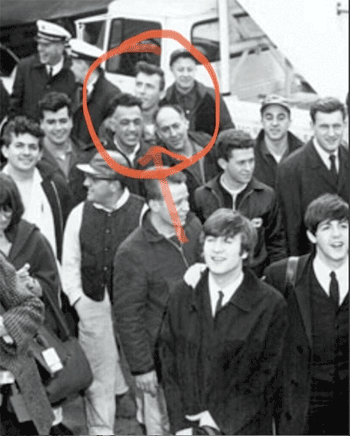 The
greatest advocate for air cargo in the history of The Port Authority of
New York New Jersey (PANY & NJ) named Jim Larsen lives today in Lakehurst,
New Jersey, the the scene of the Airship Hindenburg crash on May 6, 1937. The
greatest advocate for air cargo in the history of The Port Authority of
New York New Jersey (PANY & NJ) named Jim Larsen lives today in Lakehurst,
New Jersey, the the scene of the Airship Hindenburg crash on May 6, 1937.Jim, you should know, (click here to read about it) was a hero of September 11, 2001 when as Cargo Marketing Director for the Bi state agency, he walked himself and co-workers including some that needed help, off of the 65th floor and all the way to ground level and out of the doomed Number One World Trade Center. Jim was a key operations guy at Seaboard World Airways, the legendary all-cargo airline based at Idlewild, later JFK Airport; it was the airline that brought forward the likes of Bill Boesch, John Mahoney, Guenter Rohrmann, Dick Jackson, Al Levinson, Peter Hansen, Jos van der Woensel, Frank Volavsek (who planted a California Redwood in the Cargo Area at Schiphol that is still growing there today) and others. Jim ran with giants of the air cargo form. For the past year since his wife Annette died, Jim has been travelling, but each and every time we hear from him comes a wonderful “gee whiz” take on life, both inspiring and wonderful every time, despite the adversities of age. 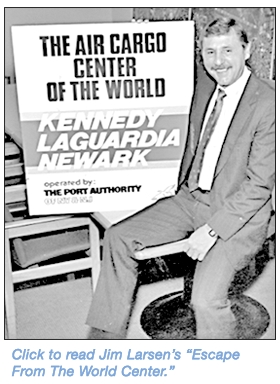 Recently Jim wrote us about looking at my
1981 book on the history of John F. Kennedy International Airport and the
Day the Beatles came to New York aboard a Pan American World Airways B707
jet February 7, 1964.
Recently Jim wrote us about looking at my
1981 book on the history of John F. Kennedy International Airport and the
Day the Beatles came to New York aboard a Pan American World Airways B707
jet February 7, 1964.We used a picture of the Beatles with Jim Larsen, but not knowing he was there we cropped him out. Jim picks up the story from there. “In 1964 I was working as a baggage handler for Eastern Airlines at JFK. “Our international flights, one from Bermuda and one from Mexico City were required to clear Customs at the International Arrivals Building instead of at our usual terminal. “So we would take a string of baggage carts, passenger stairs, belt loader and a mobile power unit down to the IAB to meet the flights. “We would wait for maintenance to arrive to taxi the aircraft to our terminal. That day, while we were waiting, a guy came by and told us the Beatles were arriving on the next gate. I wasn’t a Beatles fan but I knew there would be plenty of girls there, so off I went. “That's why, in the picture I’m looking up at the observation deck and not at the Beatles. “Last year I happened to tell my niece about that day and she asked if I took any pictures, which I told her I didn’t. “Later she sent me this picture which she had found on the internet." We like and admire Jim Larsen because he is a positive spirit that counts his blessings instead of sheep. His mock serious comment to me that if the picture we ran in the book had included him, he might have launched another career, was more tongue in cheek than anything else! Jim loves aviation and especially air cargo. That he was in this most famous picture, and then nearly 50 years later a family member discovered it, (nice hair too) to our mind is only right, the way it ought to be. Thanks, Jim. GDA |
 |
If
You Missed Any Of The Previous 3 Issues Of FlyingTypers Access complete issue by clicking on issue icon or Access specific articles by clicking on article title |
||
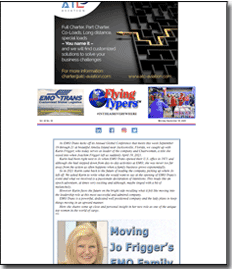 Vol. 22 No. 32 Moving Jo Frigger's EMO Family To The Future |
 Vol. 22 No. 33 Thanks Ladies EMO Trans Expanding Compliance No Adornment |
|
Publisher-Geoffrey Arend
• Managing Editor-Flossie Arend • Editor Emeritus-Richard
Malkin Film Editor-Ralph Arend • Special Assignments-Sabiha Arend, Emily Arend |
Send comments and news to geoffrey@aircargonews.com
|